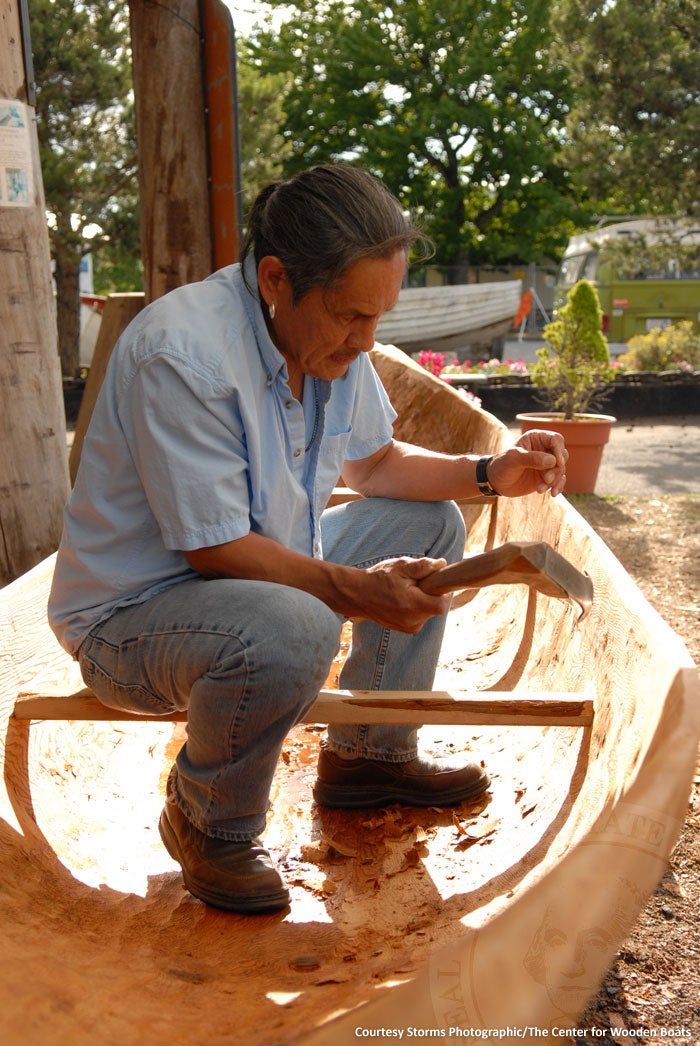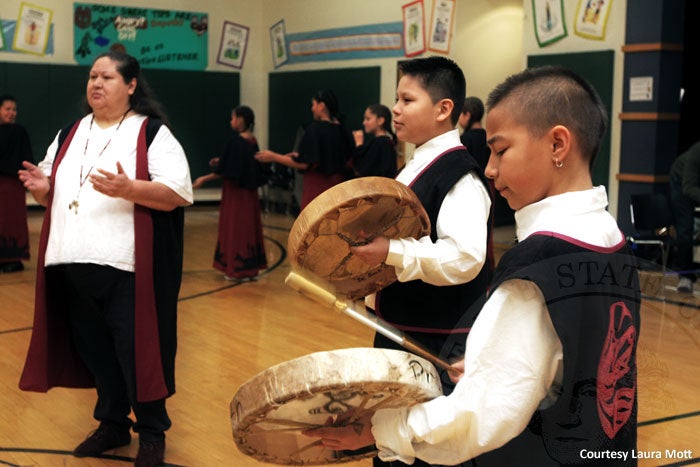“We have always been here, we are still here, we will always be here.” Upper Skagit Elder Vi Hilbert (1918-2008)
From the northernmost point of Washington to the state’s sprawling plateaus, Indians
are reviving ancient culture and giving voice to languages once thought extinct.
Leadership on the reservations and the rising tide of the American Indian Movement
united tribes. New gaming laws brought in substantial money. Court victories, like
the treaty fishing rights win in 1974, leveled the playing field between the state
and Indian tribes in the management of natural resources. The culmination overshadows
the stubborn poverty, disease and alcoholism that still persist.
Cultural centers and tribal schools have opened across the state, teaching Native
languages, intricate art practices of their ancestors and methods for growing traditional
gardens. First-salmon ceremonies take place for the first time in decades. In 1989,
to honor the Centennial Accord, the tribes revived their canoe culture. What began
as the Paddle to Seattle that year has grown dramatically. More than 100 canoes
take to the water each year including Native people from as far away as Alaska.

Dancers: Warm Springs Indians take a turn on center stage and perform the canoe
dance in stunning traditional clothing. The 2010 Journey to Makah drew tribes from
across the Northwest, British Columbia and Japan to Washington’s Olympic Peninsula.

Canoe journey: Quinault Indians prepare to land at Neah Bay in the summer of 2010.
Following tradition, members will ask permission to come ashore during the annual
canoe journey.

Canoe carver: Haida master carver,
Saaduuts, uses an adz on fallen cedar. He teaches
children the age-old tradition at the Center for Wooden Boats in Seattle.

Chief Leschi Schools Drum and Dance Group perform with the help of their teacher, Teresa Harvey.